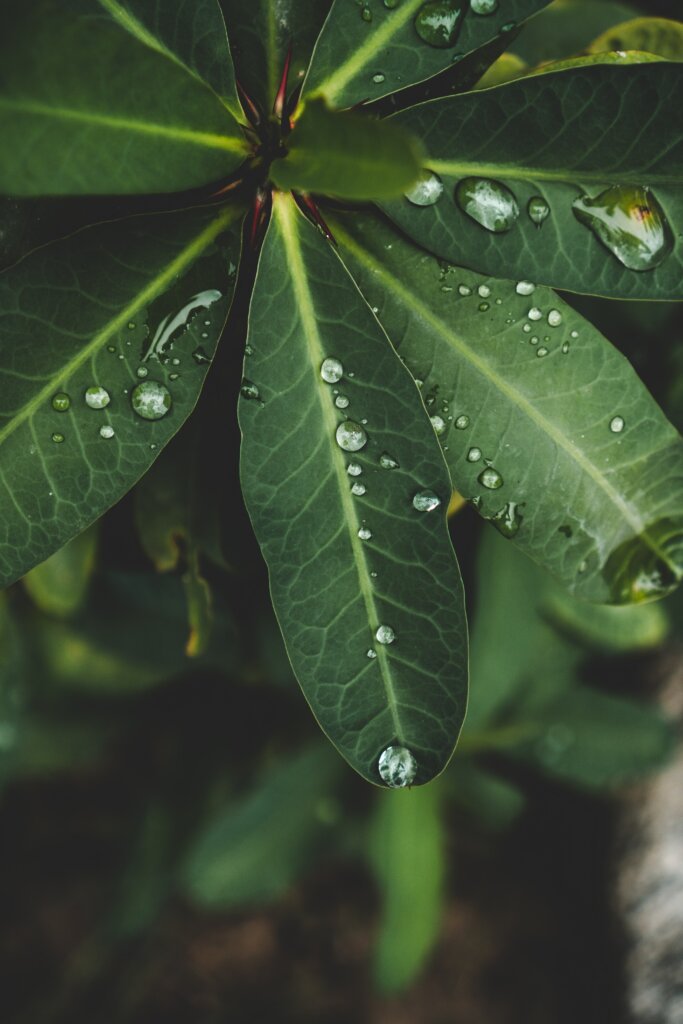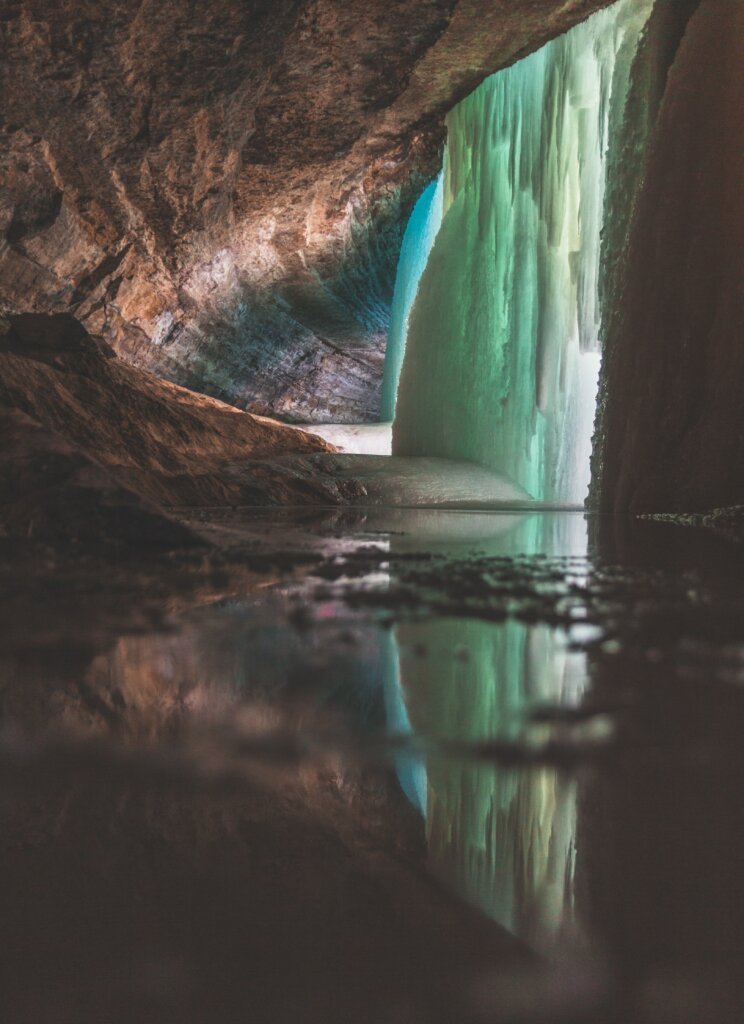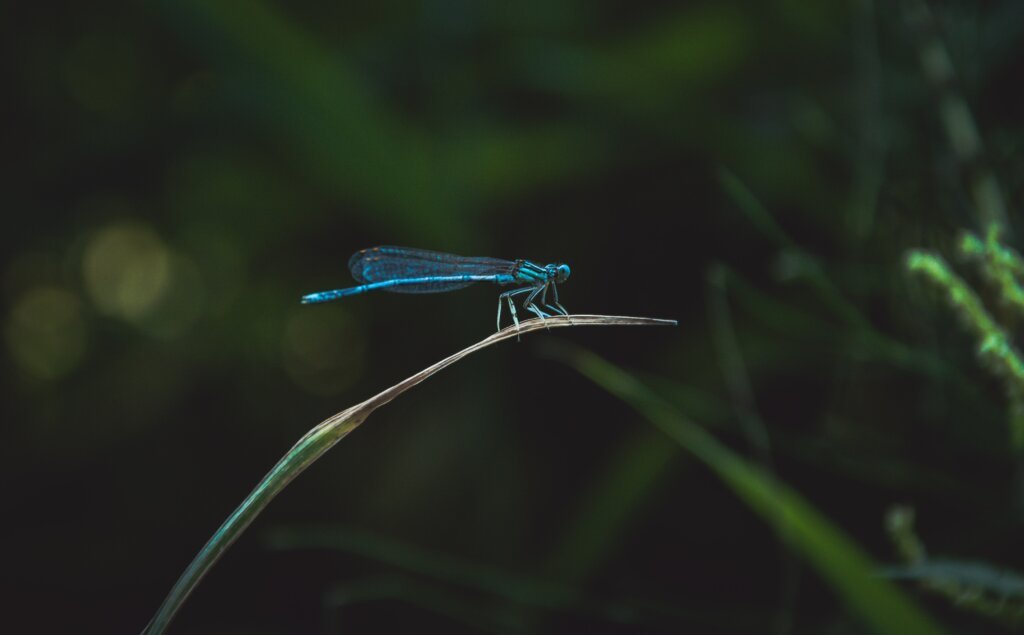Nature photography is a unique and rewarding form of art that allows you to freeze the beauty of the natural world in time. For beginners, it’s not just about snapping a picture—it’s about connecting with the environment, understanding its nuances, and capturing its essence through your lens. Whether you’re capturing sweeping landscapes or the delicate details of a flower, nature photography offers endless opportunities to explore creativity and skill. To help you get started, here are some essential tips that will guide you through your photographic journey in nature.
Understanding Your Camera: The First Step
Before you venture into the wild with your camera, it’s crucial to become familiar with your equipment. Your camera is the tool through which you interact with the world, and knowing how to adjust the basic settings is key. Take the time to understand how aperture, shutter speed, and ISO work together to influence your exposure and depth of field. For example, a wide aperture (low f-number) will give you a shallow depth of field, perfect for isolating subjects like flowers or insects, while a smaller aperture (high f-number) will give you a wider depth of field, ideal for capturing expansive landscapes.
Investing in the right lens is equally important. A zoom lens offers flexibility when photographing landscapes or wildlife, allowing you to adjust your focal length on the go. If you’re keen on capturing the fine details of small creatures or flowers, a macro lens will be your best friend. Don’t forget to carry spare batteries and memory cards—nature is unpredictable, and you never know when a perfect moment might appear.

Composition: Crafting the Perfect Shot
Great photography is as much about what’s in the frame as it is about what’s outside of it. Understanding composition is essential for making your nature photos stand out. Start with the rule of thirds, a simple yet powerful technique where you divide your frame into a 3×3 grid and position key elements along these lines or at their intersections. This creates a balanced, dynamic composition that draws the viewer’s eye.
In addition to the rule of thirds, use leading lines to guide the viewer’s eye into the frame, and experiment with framing—whether it’s a natural archway in the trees or the branches of a bush, framing can add depth and interest to your photos. Take your time, scout your location, and experiment with various angles. Nature photography is not about rushing; it’s about observing and understanding your surroundings.
Another important aspect to consider is the background. A cluttered or distracting background can take the focus away from your subject. To prevent this, try using a wide aperture to create a pleasing bokeh, or blurred background, that makes your subject pop. You can also experiment with foreground elements to create a sense of depth, leading the viewer’s eye into the scene. The interplay between foreground, middle ground, and background can transform a simple shot into a captivating image.

Becoming One with Nature
To truly capture the spirit of nature, it’s essential to build a connection with the environment you’re photographing. Patience is your greatest ally. Don’t rush through your shoots—take time to observe your surroundings, the behavior of animals, the movement of clouds, or the shifting light. The most beautiful and unexpected moments often happen when you least expect them.
Respect your subject and approach with care, especially when photographing wildlife. Keep a safe distance, and always be mindful of their space and well-being. Understanding animal behavior can also help you anticipate moments that will make for powerful images. For instance, if you’re photographing birds, learning their habits will allow you to capture them in flight or during other unique actions.
Timing plays a significant role in nature photography, and golden hour—the time just after sunrise and before sunset—offers the most magical light. The warm, soft hues during these times can turn an ordinary scene into something truly enchanting. Make it a point to plan your shoots around these golden moments to capture your subject bathed in soft, flattering light.

Know Your Environment: Research is Key
To truly capture the essence of a location, it helps to familiarize yourself with the area. Understanding the local flora and fauna will allow you to anticipate photo opportunities and better adapt to the environment. Not only does this give you a greater appreciation of the landscape, but it also helps you respect and protect the world you’re documenting.
In addition, having knowledge of your environment means you can better plan for weather changes, light conditions, and the timing of your shoots. Whether you’re photographing a mountain range, a forest, or a desert, understanding the landscape can help you capture its most stunning and unique features.
Final Thoughts: Embrace the Journey
Nature photography is as much about the process as it is about the final image. As a beginner, it’s essential to be patient with yourself. There will be challenges along the way, but these challenges are opportunities for growth. The more you practice, the better you’ll become at capturing the breathtaking beauty of the natural world.
Remember, photography is not just about the technicalities—it’s about expressing your connection to nature and sharing that experience with others. Whether you’re drawn to landscapes, wildlife, or macro subjects, each shot is a new opportunity to explore and create.
As you continue on your photographic journey, let your love for nature guide you. The world is full of wonders waiting to be captured, so grab your camera, embrace the adventure, and start telling your own story through the lens.

